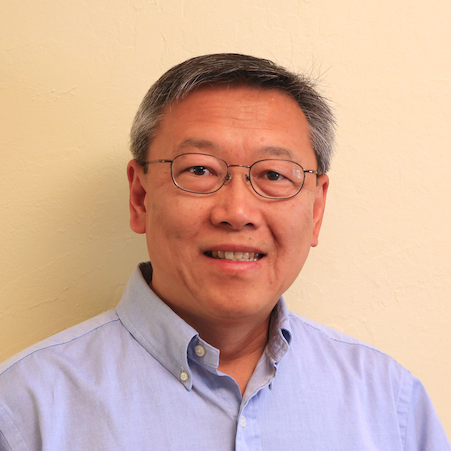 |
Kuang Jen J. Wu, Group Leader My research interest involves applying nanoscience and nanotechnology to problems relevant to national biosecurity applications. I work with a multidisciplinary team with expertise in physical science, life science and engineering. This unique cross cutting expertise allows us to establish cutting edge science and engineering capabilities to support LLNLʼs mission needs. Our current research focus includes developing novel detection methods for biological agents, advanced bioanalytical and molecular imaging instrumentations for nanoscale characterization, novel carbon nanotube fabrics that repels chemical and biological agents and nanolipidprotein technology as a medical countermeasure to biological threats. |
 |
Chris Bailey, Staff Scientist |
 |
Brian Baker, Staff Scientist Brian's research applies bioanalytical chemistry, biophysical chemistry, and surface chemistry techniques towards the development of biosensors, biomaterials, and medical devices. Applications of interest include bioterrorism surveillance, point-of-care detection of pathogenic microorganisms, and other national security needs. |
 |
W. Henry Benner, Staff Scientist Analytical chemistry instrumentation development, aerosol science and technology, coherent x-ray diffraction imaging, lipoprotein analysis, mass spectrometry instrumentation |
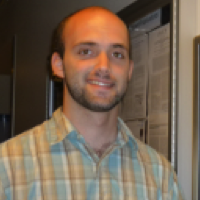 |
Steven Buchsbaum, Graduate Student/Lawrence Graduate Scholar
|
 |
Ngoc Bui, Postdoctoral Researcher Sustainable water and energy production, Membrane-based separation, Engineered osmosis (forward osmosis, pressure-retarded osmosis), Supercapacitor. Electrospun polymeric, composite and/or (activated) carbon nanofiber, Thin-film composite membrane, vertically-aligned carbon nanotube composite membrane. |
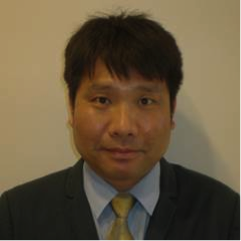 |
Kang Rae Cho, Postdoctoral Researcher I am interested in researching biomineralization and protein assembly at the nano- and micrometer levels by in situ atomic force microscopy (AFM) in liquid environments. |
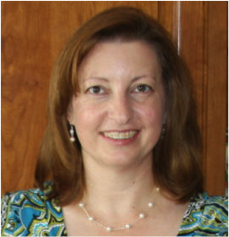 |
Anne Marie Erler, Staff Scientist Molecular Biology, Environmental Monitoring, Bioremediation. Develop and optimize analytical methods of rapid detection of biological agents in complex environmental samples. Methods for dry deposition of bioagents onto collection media. Field deployment of laboratory operations to provide environmental monitoring at special events. |
 |
George Farquar, Staff Scientist George is a staff scientist in the S Program in Global Security where his focus is on developing simple solutions to hard problems in biological and chemical detection for national security. At LLNL the diverse background and research experience of his previous works allowed for innovations that combined chemistry, biology, material science and spectroscopy. One of his recent innovations is DNATrax. In 2013 he led his team to receive the R&D100 for DNATrax as one of the year’s most innovative technologies by R&D magazine. George has led multidisciplinary teams and contributed to a broad range of research and engineering with ~25 peer-reviewed publications, and multiple invited talks. |
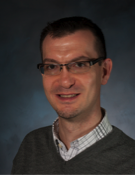 |
Francesco Fornasiero, Staff Scientist Molecular and ionic transport in nanopores for detection and energy storage applications, single pore nanofluidics, nanocomposite membrane fabrication, membrane transport and separation, protective and breathable fabrics, high strength/high modulus nanostructured films |
|
Shirui Guo, Postdoctoral Researcher 1. Graphene, carbon nanotube synthesis; |
|
 |
Paul Hoeprich, Senior Staff Scientist Studies in bionanotechnology centered around fabrication and application of LLNL’s NanoLipoprotein Particle (NLP) technology. NLP are cell membrane-bilayer containing nanoparticles that form when apolipoproteins and (phospho)lipids are mixed together and a particle-generating self-assembly event occurs. NLPs can serve as a platform for antigen presentation resulting in a vaccine (NIH funded research) or be conjugated with a microbial hydrogenase for non-petroleum based hydrogen production, i.e. biological hydrogen (Nzyme2HC collaboration) or adsorb functional rubber transferase biosynthetic enzymes to enable plant-free natural rubber production (USDA-ARS, Albany, CA). |
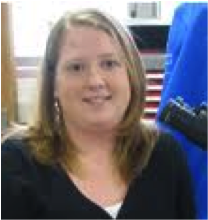 |
Cindy Kaeser, Graduate Student/Lawrence Graduate Scholar Development of aerosol simulants to use in the investigation of aerosol transport properties for biodefense applications. |
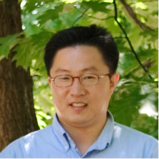 |
Sangil Kim, Staff Scientist My research interest is in applying nanotechnologies to develop hierarchical porous materials for a variety of applications including catalysis, micro and nano filtration, gas separation, microbiology, controlled drug delivery, cross flow emulsification, etc. I have investigated new nano- & micro-engineered porous structures using polymers and porous molecular sieves such as mesoporous silica, graphene, carbon nanotubes, metal-organic frameworks, and boron nitride nanotubes. |
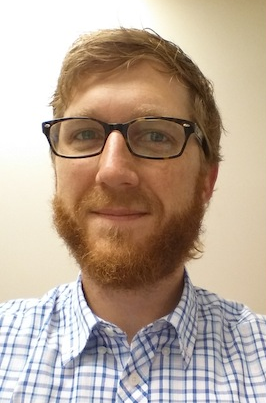 |
Eric Meshot, Postdoctoral Researcher Large-area carbon nanotube synthesis and complementary X-ray characterization tools for dynamic, multifunctional fabrics that protect against bio and chemical threats.
|
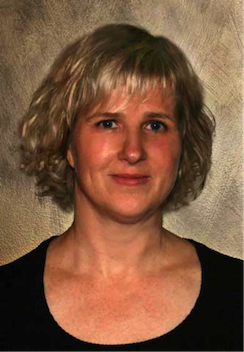 |
Chris Orme, Senior Staff Scientist Christine A. Orme is a physicist within the Physical and Life Sciences Directorate at Lawrence Livermore National Laboratory. She studied physics at the University of Michigan, receiving her Ph.D. in 1995 in the area of surface dynamics of films. In 1996 she joined Lawrence Livermore National Laboratory where she has served as a project leader, group leader and institute director. Orme’s lab explores molecular processes at interfaces and uses in situ tools to address how these modify the way that materials assemble and disassemble. She is particularly interested in biomineralization, hierarchical assembly of nanomaterials, corrosion, and - underlying all of these - the fundamental physics of growth and dissolution. She currently studies growth dynamics at electrified interfaces with applications in batteries, catalysis, and exchange spring magnets. She is the recipient of a Presidential Early Career Award in Science and Engineering (2002) for her work in biomineralization and was made a Fellow of the American Physical Society. She is an active member of the scientific community and has served on the Board of Directors of the Materials Research Society and the executive committee of the American Association for Crystal Growth. |
